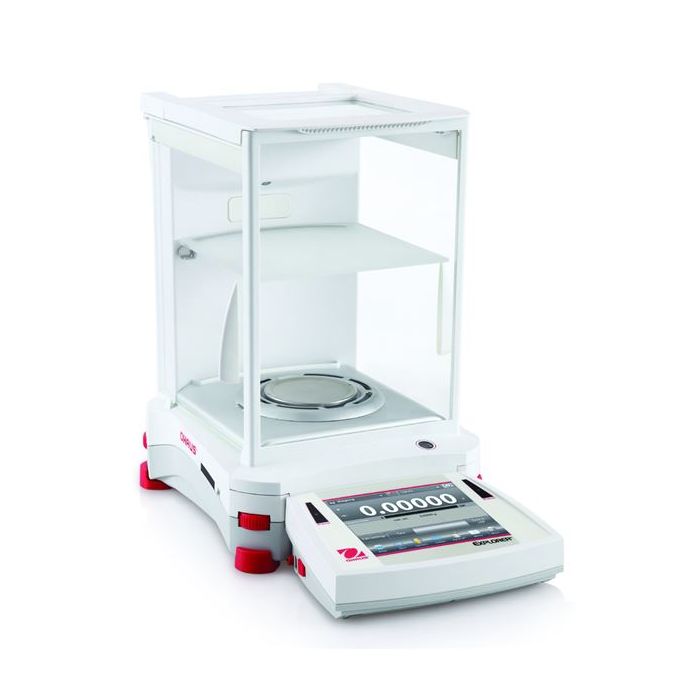Laboratory balances are indispensable tools in scientific research, quality control, and various industries where precise measurements are paramount. Choosing the right laboratory balance involves considering multiple factors, including accuracy requirements, capacity, readability, features, and budget constraints.
Understanding Laboratory Balances
Laboratory balances are instruments designed to measure the mass or weight of substances with high accuracy and precision. They come in various types, including analytical balances, precision balances, and moisture balances, each customized for specific applications and measurement needs.
Here are the essential factors to consider when choosing a laboratory balance:
1. Accuracy and Precision Requirements
The first step in selecting a laboratory balance is determining the level of accuracy and precision required for your measurements. Analytical balances offer the highest precision, typically with readability down to 0.1 milligrams (mg), making them suitable for analytical chemistry, pharmaceuticals, and research labs. Precision balances provide slightly lower precision but are more versatile for general laboratory use, with readability ranging from 0.1 to 1 gram (g).
2. Capacity and Range
Consider the maximum weight or capacity that the balance can handle. Analytical balances usually have lower capacities, often ranging from 50 to 500 grams, while precision balances can handle larger weights, ranging from several grams to tens of kilograms. Choose a balance with a capacity that comfortably accommodates the samples or substances you’ll be measuring without exceeding its maximum load.
3. Readability and Sensitivity
Readability refers to the smallest increment of weight that the balance can display. Higher readability allows for more precise measurements. Analytical balances typically have finer readability, such as 0.1 mg or 0.01 mg, compared to precision balances with readabilities of 0.1 g or 1 g. Select a balance with the appropriate readability for your specific application to ensure accurate results.
4. Calibration and Calibration Options
Ensure that the laboratory balance is calibrated and comes with calibration certificates to verify its accuracy. Some balances offer internal calibration features, allowing users to perform calibration routines conveniently within the instrument. External calibration options are also available and may require the use of certified calibration weights.
5. Features and Functionalities
Consider additional features that enhance the usability and functionality of the laboratory balance:
Built-in Applications: Some balances include built-in applications for specific tasks, such as density determination, percent weighing, formulation, and statistical analysis.
Data Connectivity: Look for balances with USB, Ethernet, or Bluetooth connectivity options for data transfer to computers or external devices. This feature facilitates data logging, analysis, and integration with laboratory information management systems (LIMS).
Touchscreen Displays: Balances with intuitive touchscreen displays offer user-friendly interfaces for easy navigation and operation.
Draft Shields: Analytical and precision balances often come with draft shields to protect samples from air currents and external influences that could affect measurement accuracy.
6. Environmental Considerations
Evaluate the environmental conditions in your laboratory, including temperature, humidity, and potential air currents. Some balances are designed with features such as automatic temperature compensation (ATC) to ensure measurement accuracy in varying environmental conditions. Choose a balance that can withstand and operate optimally within your laboratory’s environment.
7. Compliance and Standards
For regulated industries such as pharmaceuticals, food testing, or environmental analysis, ensure that the laboratory balance complies with relevant standards and regulations, such as Good Laboratory Practices (GLP) or Good Manufacturing Practices (GMP). Look for balances with compliance features like audit trails, password protection, and user access controls.
8. Budget Constraints
Finally, consider your budget limitations when selecting a laboratory balance. While high-end analytical balances with advanced features may offer superior performance, they also come with higher costs. Balance your requirements for accuracy, features, and budget to find the most suitable balance that meets your needs without overspending.
Also Read: Exploring Electronic Balances: Their Functionality, Operation, and Advantages
Conclusion
Choosing the right laboratory balance is a crucial decision that impacts the accuracy, reliability, and efficiency of your measurements. By considering factors such as accuracy requirements, capacity, readability, features, environmental considerations, compliance, and budget constraints, you can narrow down your options and select a balance that aligns with your specific application needs.
Remember to prioritize accuracy, precision, and usability to ensure consistent and reliable results in your laboratory operations. With the right laboratory balance, you can enhance the quality of your research, testing, and analytical processes while maintaining compliance with industry standards.

